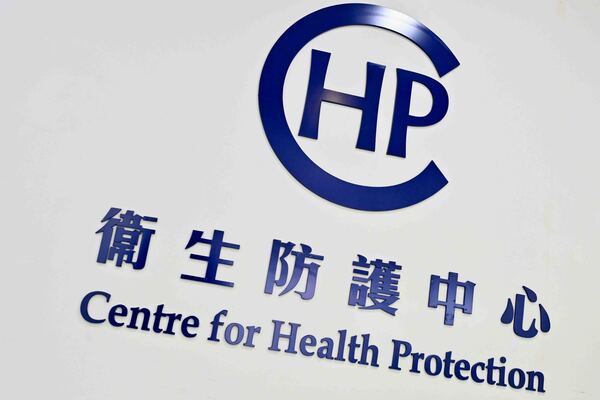
The Department of Health’s (DH) Centre for Health Protection (CHP) said today adjusting the number of sampling sites under the Territory-wide Sewage Surveillance Programme does not affect the effectiveness of surveillance.
Responding to a media report that claimed the current number of sampling sites has been substantially reduced under the programme, the CHP clarified and emphasised that the decision to adjust the number of sampling sites was made to align with the programme’s latest objectives and was based on scientific analysis, with a view to enhancing cost-effectiveness while ensuring that the effectiveness in monitoring the activity level of COVID-19 in Hong Kong would not be compromised.
It pointed out that with the resumption of normalcy, COVID-19 has been managed as a general respiratory disease and the objective of sewage surveillance has shifted from source tracing to routine surveillance of virus activity in the community.
The CHP used simulation models to analyse different combinations of sampling sites to optimise the programme while maintaining the effectiveness of the surveillance.
Results showed that by changing the number of sampling sites from three to 14 per district to one per district located further downstream which covered the largest population, the trend of the sewage viral load data and the relevant clinical surveillance indicators were highly correlated.
The CHP further explained that the optimised strategy, implemented since April 2024, continues to monitor the activity of COVID-19 effectively, while significantly reducing operating costs by nearly 80%.
Surveillance results and analyses will be disseminated weekly through “COVID-19 & Flu Express” for public information, it added.

























